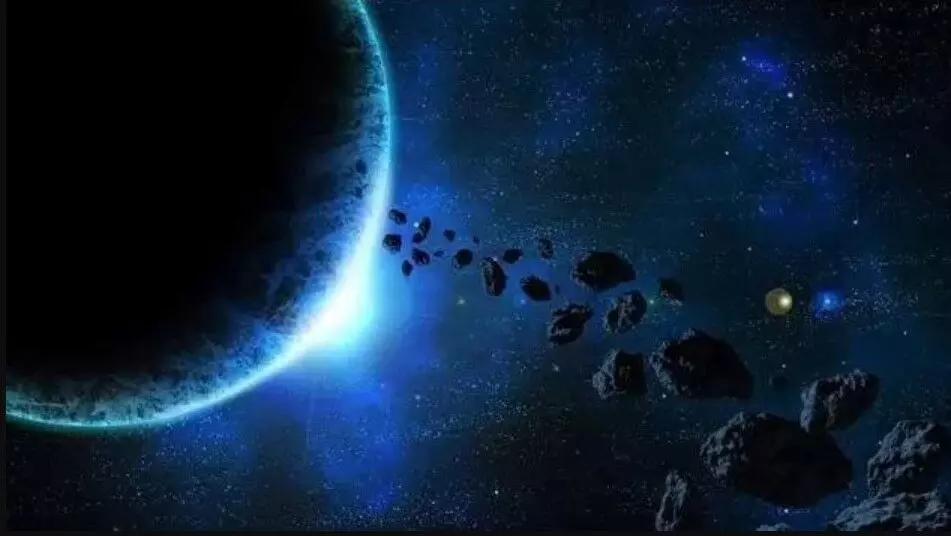
NASA warns of a humongous asteroid approaching Earth
text_fieldsA giant asteroid, twice the size of the Statue of Liberty in New York, is set to pass by Earth on Friday, June 25, and Nasa has termed it as a "potentially hazardous asteroid".
Asteroid 441987 (2010 NY65) is moving at a speed of almost 13.4 kilometers per second or 30,000 miles per hour and will be at a very close point to Earth on Friday.
Though 187-meters-long Asteroid 441987 is supposed to pass at a distance 15 times farther from Earth than the moon, NASA has classified it as a Near Earth Object (NEO). These NEOs, which are asteroids or comets whose orbit is very close to intersecting Earth's orbit, are traced cautiously by experts because of potential risk of impact.
Though the risk of impact does not necessarily mean chances of collisions, earth's or other planets' gravitational force sometimes affects the orbits of these extraterrestrial rock masses. Unlike planets, asteroids are relatively small celestial objects in the solar system orbiting the Sun and whose forms are irregular and have no atmosphere but are known to have moons.
"The scientific interest in comets and asteroids is due largely to their status as the relatively unchanged remnant debris from the solar system formation process some 4.6 billion years ago," said NASA on its Jet Propulsion Laboratory (JPL) website. "The giant outer planets (Jupiter, Saturn, Uranus, and Neptune) formed from an agglomeration of billions of comets and the left-over bits and pieces from this formation process are the comets we see today."
Scientists believe that our planet might have evolved due to random asteroids or fragments hitting Earth millions of years ago.
(image - representational - madhyamam)























